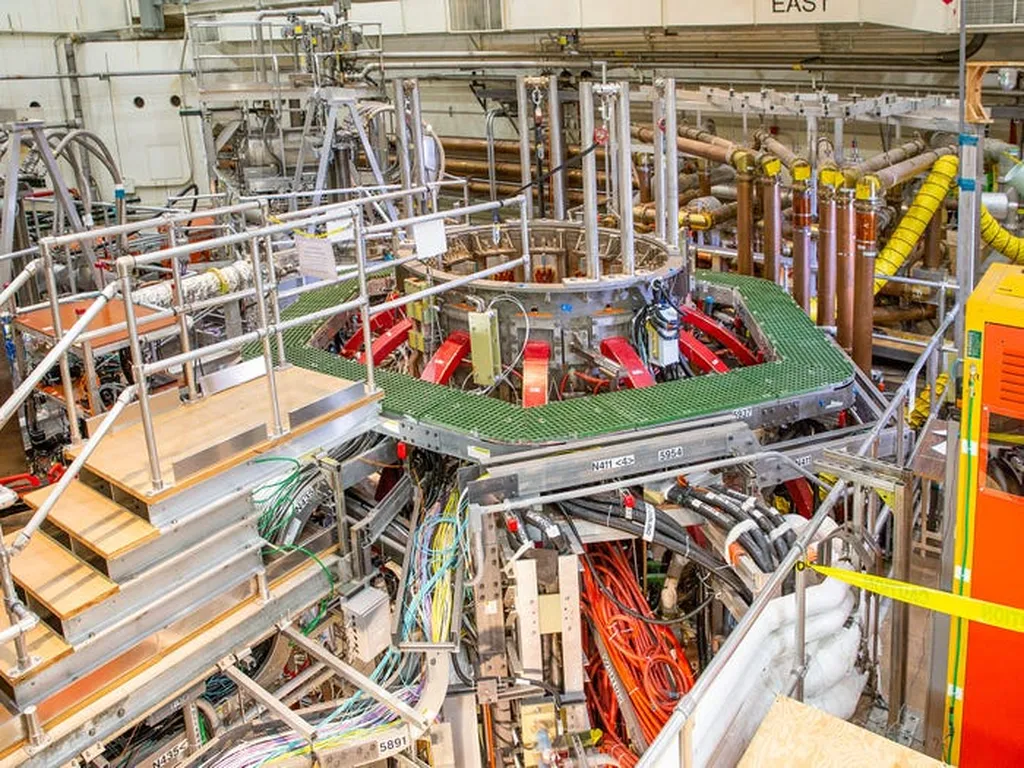In the relentless pursuit of harnessing fusion energy, researchers have long grappled with the formidable challenge of ensuring the reliability and longevity of critical components, particularly the breeding blanket. This vital part of magnetic confinement fusion reactors plays a pivotal role in energy production and safety. However, the lack of data on failure modes and rates under the extreme conditions of a fusion environment has stymied progress. A recent study published in the journal *Nuclear Fusion* (translated from the original title) offers a promising breakthrough, providing a novel framework to predict the fatigue lifetime and assess the reliability of fusion blankets.
Lead author Qingzhu Liang, from the Institute of Plasma Physics at the Chinese Academy of Sciences, and his team have developed a probabilistic framework that addresses the dominant failure mechanism induced by pulsed operational loading—fatigue failure. This framework is a significant step forward in the field of Reliability, Availability, Maintainability, and Inspectability (RAMI) for fusion blankets.
The framework integrates three key elements: a structural material damage prediction model based on degradation mechanisms, operational loading spectra characterization, and blanket lifetime prediction and reliability assessment. “This approach enables us to evaluate the fatigue lifetime probabilistically and generate essential reliability metrics, such as failure rates and mean time between failures,” Liang explains. The framework has been validated using the Water-Cooled Ceramic Breeder blanket design for the Chinese Fusion Engineering Testing Reactor, demonstrating its potential to overcome existing data limitations in blanket RAMI research.
The implications of this research are profound for the energy sector. As the world looks to fusion energy as a potential cornerstone of a sustainable energy future, ensuring the reliability and longevity of fusion reactors is paramount. The ability to predict fatigue lifetime and assess reliability can significantly enhance the design and optimization of breeding blankets, ultimately accelerating the pathway to commercial fusion demonstration reactors.
Liang’s work not only provides a robust tool for researchers and engineers but also offers a beacon of hope for the broader energy community. By addressing critical knowledge gaps, this research paves the way for more efficient and reliable fusion energy systems, bringing us one step closer to a future powered by clean, abundant fusion energy.
As the field of fusion energy continues to evolve, the insights gained from this study will undoubtedly shape future developments, driving innovation and progress in the quest for sustainable energy solutions. The journey towards commercial fusion reactors is fraught with challenges, but with groundbreaking research like this, the path forward becomes clearer and more attainable.

